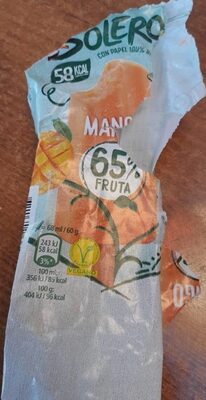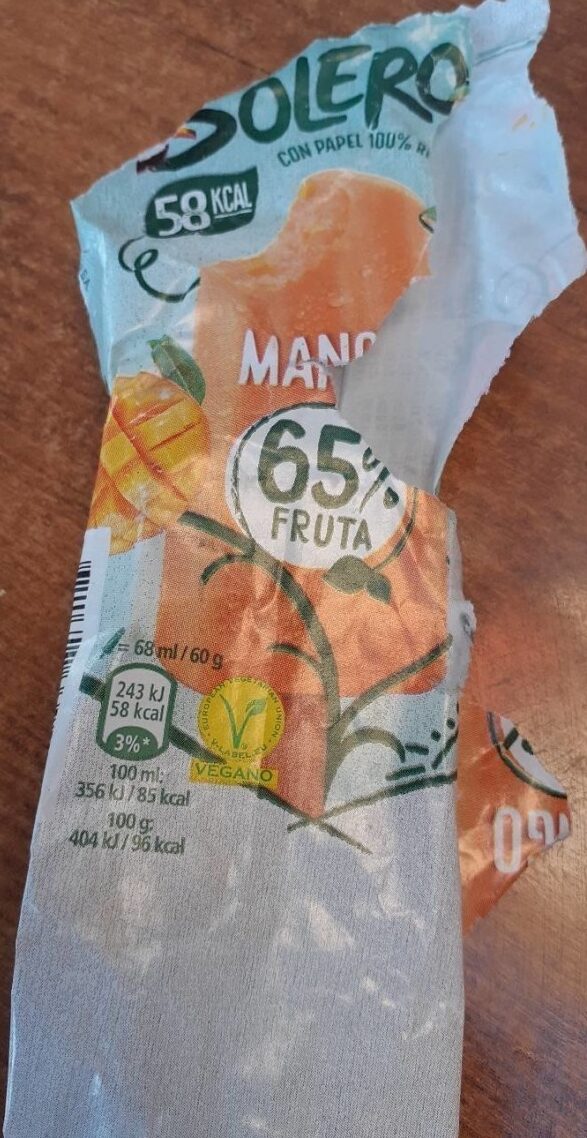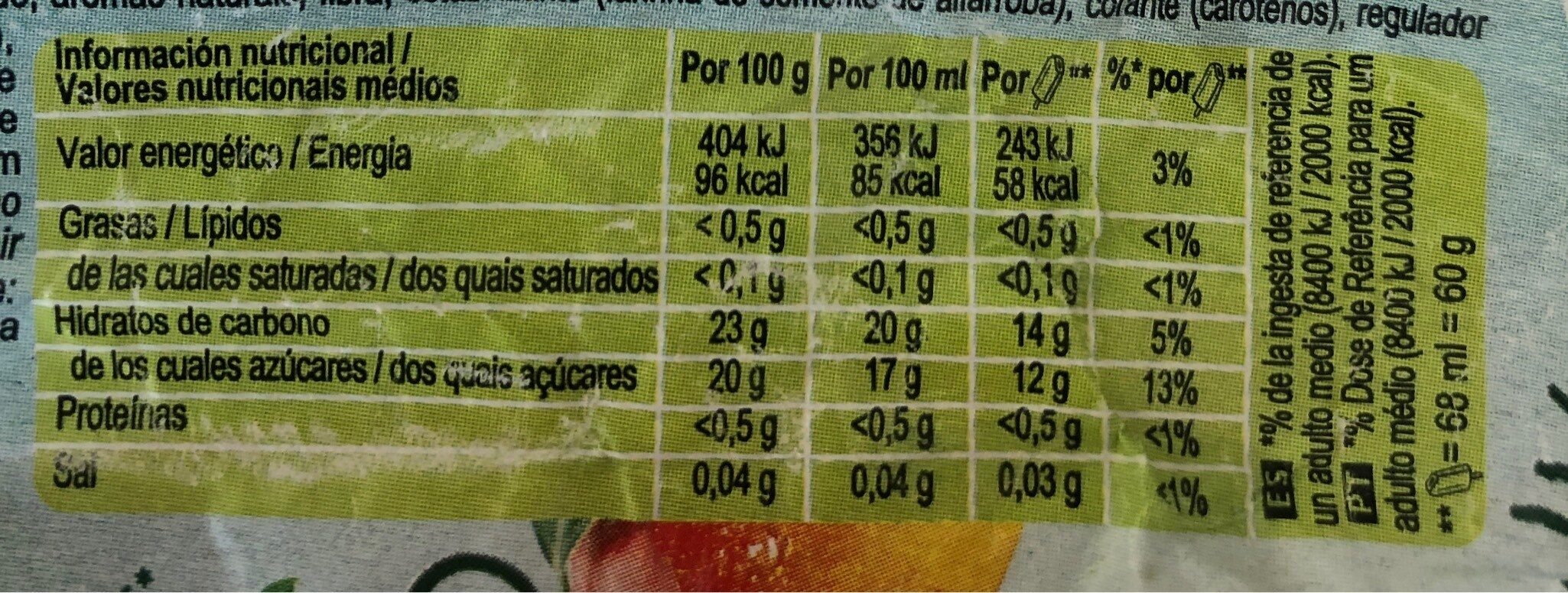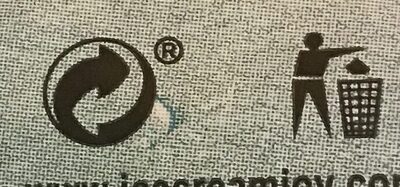Helado Solero mango - 68 ml
This product page is not complete. You can help to complete it by editing it and adding more data from the photos we have, or by taking more photos using the app for Android or iPhone/iPad. Thank you!
×
Barcode: 8711327339415 (EAN / EAN-13)
Quantity: 68 ml
Packaging: cs:Green dot
Categories: Desserts, Frozen foods, Frozen desserts, Ice creams and sorbets
Labels, certifications, awards:
No gluten, Vegetarian, Vegan, European Vegetarian Union, European Vegetarian Union Vegan

Stores: Marks & Spencer
Countries where sold: Czech Republic, Hungary, Slovakia, Spain
Matching with your preferences
Report a problem
Data sources
Product added on by elcoco
Last edit of product page on by moon-rabbit.
Product page also edited by chevalstar, ecoscore-impact-estimator, elcoco.ad153eec7f6052219c77d6661a163e9c, kiliweb, risajanda, roboto-app, thaialagata, yuka.SHFVNUw2Z0t1dWdXbWZZT3B6THA0Kzk3eHJtbUJueWxEdXdzSVE9PQ, yuka.UkxJbFNMWU8vZDhPZ1BRTTR5SFZvTmxrbXJXbUFVYVpCZFpMSVE9PQ, yuka.sY2b0xO6T85zoF3NwEKvlhQdduXMuQLEFS76lF-S-s6sB6btTeNwyKiibao.












